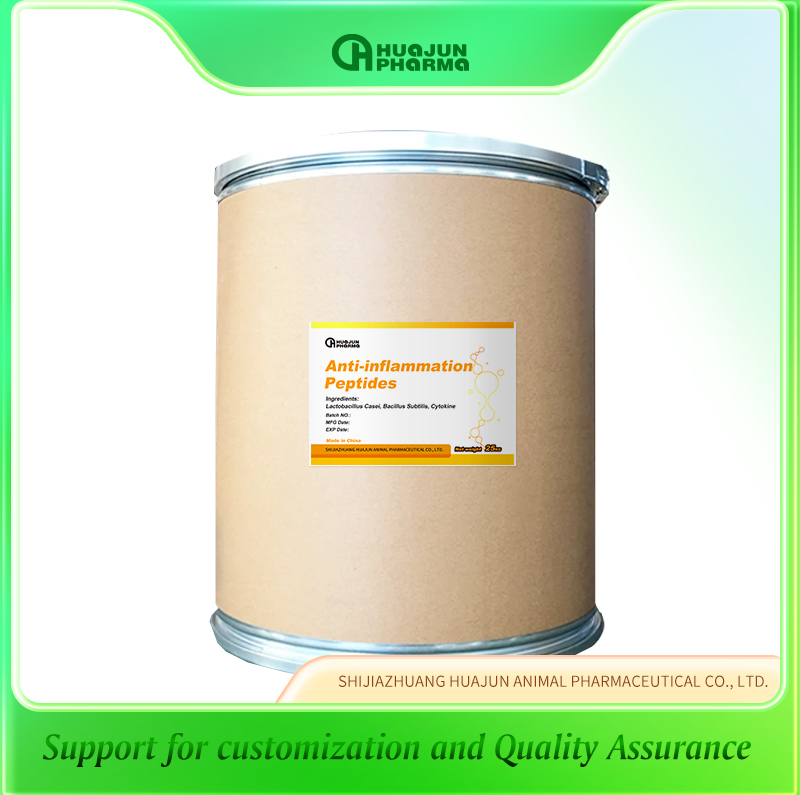
Nov . 25, 2024 02:41 Back to list
Management and Prevention of Pneumonic Pasteurellosis in Sheep Farming Practices
Understanding Pneumonic Pasteurellosis in Sheep A Comprehensive Overview
Pneumonic pasteurellosis is a significant respiratory disease in sheep, primarily caused by the bacterium *Pasteurella multocida*. This condition is particularly prevalent in young animals and can lead to severe economic losses in the sheep industry due to increased mortality and reduced productivity. Understanding the etiology, symptoms, transmission, and management of pneumonic pasteurellosis is essential for sheep farmers and veterinarians alike.
Etiology and Pathogenesis
*Pasteurella multocida* is a gram-negative bacterium that resides in the upper respiratory tract of healthy sheep. Under certain conditions, such as stress, poor nutrition, or environmental changes, this opportunistic pathogen can proliferate and invade the lungs, leading to acute pneumonia. Stressors that may trigger the onset of pneumonic pasteurellosis include weaning, transportation, overcrowding, and adverse weather conditions.
Once the bacterium establishes an infection, it produces several virulence factors that enhance its ability to cause disease. These factors include endotoxins and various enzymes that facilitate tissue damage and impede the host's immune response. The result is a rapid and severe inflammatory response in the lungs, leading to clinical signs associated with pneumonia.
Clinical Signs
Sheep infected with pneumonic pasteurellosis typically exhibit a range of clinical symptoms. Early signs may include fever, coughing, nasal discharge, and labored breathing. As the disease progresses, more severe symptoms can develop, such as lethargy, decreased appetite, and isolation from the herd. In advanced cases, infected sheep may exhibit a distinct bubbly sound during respiration, indicating the presence of fluid in the lungs.
Diagnosis is often based on clinical signs, history, and laboratory tests, including bacterial culture and sensitivity tests to identify the presence of *Pasteurella multocida*.
Transmission and Risk Factors
The transmission of pneumonic pasteurellosis is multifactorial
. The disease is not directly contagious between sheep; rather, it is associated with stressors that compromise the animal's immune system. Poor management practices, such as inadequate ventilation in housing, overcrowding, and poor husbandry practices, can significantly increase the risk of outbreaks.pneumonic pasteurellosis in sheep supplier

Other risk factors include concurrent viral infections, such as Ovine Progressive Pneumonia Virus (OPPV) and ovine adenovirus infections, which can predispose sheep to bacterial pneumonia by damaging lung tissues and impairing immune responses.
Management and Prevention
Preventing pneumonic pasteurellosis requires an integrated approach focused on management practices that promote the overall health and well-being of the flock. Key strategies include
1. Stress Reduction Minimizing stress during weaning, transportation, and handling is crucial. This can be achieved by ensuring adequate space, proper nutrition, and gentle handling techniques.
2. Vaccination Vaccination against *Pasteurella multocida* is an effective preventive measure. Many veterinarians recommend vaccinating lambs at an early age to build immunity before they face potential stressors.
3. Biosecurity Implementing biosecurity measures to prevent the introduction of pathogens into a flock is essential. This includes quarantine protocols for new animals and regular monitoring of flock health.
4. Environmental Management Providing adequate ventilation, reducing humidity, and ensuring a clean living environment can help minimize respiratory diseases in sheep.
5. Nutritional Support Maintaining a balanced diet rich in essential nutrients can help bolster the immune system of sheep, making them less susceptible to infections.
In conclusion, pneumonic pasteurellosis poses a significant threat to sheep health and welfare. By understanding its causes, promoting preventive measures, and implementing effective management strategies, sheep producers can mitigate the impact of this disease and enhance the productivity of their flocks. Regular consultation with veterinarians can also aid in early detection and intervention, ensuring the health and prosperity of sheep operations.
-
AI-Powered Lambda Interferon Factory Using GPT-4-Turbo
NewsAug.05,2025
-
Top Vitamin C Factory | AI-Powered with GPT-4 Turbo
NewsAug.04,2025
-
Immunovital Fish Feed Factory | AI-Optimized Nutrition
NewsAug.03,2025
-
Quality Bacillus Coagulans BC30 Factory - Expert Production
NewsAug.02,2025
-
China Salivation AI with GPT-4 Turbo Features
NewsAug.01,2025
-
Epic Sepsis Factories: AI-Driven Detection with GPT-4 Turbo
NewsJul.31,2025




